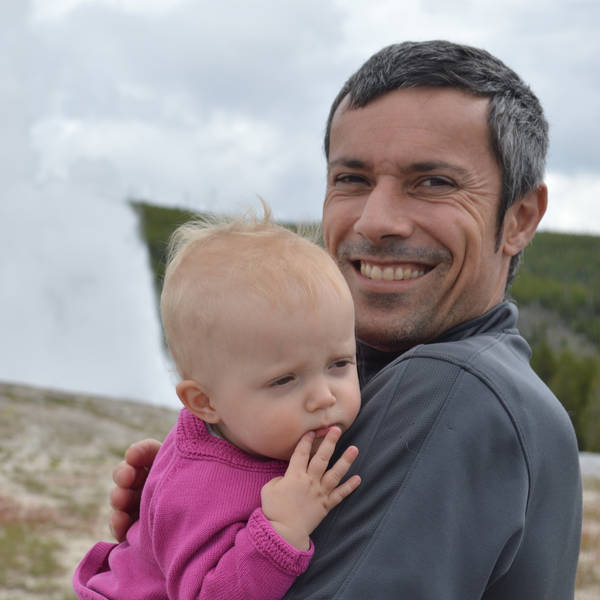A century ago, a site with Native American earthen mounds became a hotspot of the Spanish flu pandemic.
People wandering the grounds of the two dozen earthen structures known as the Mound City Group at Hopewell Culture National Historical Park today can marvel at the Native Americans who built these monumental mounds and earth walls more than 1,500 years ago. But few visitors would suspect that centuries later this same site witnessed a tragedy of shocking proportions.
The mounds were built between approximately A.D. 1 and A.D. 400 and were rediscovered in the mid-19th century when two archaeologists surveyed the site. Prior to the rediscovery, the military had used the area for a prisoner camp during the War of 1812. Later, local militia used the land to train soldiers during the Civil War. When the United States entered World War I, it was a logical place to quickly create a new camp to train battle-ready soldiers.
In April 1917, construction began on Camp Sherman, a sprawling military training facility on the outskirts of the city of Chillicothe in southern Ohio. Eventually, the camp, named after Ohio native and Union Army Gen. William Tecumseh Sherman, counted some 2,000 buildings and nearly 20 miles of streets, and it welcomed about 40,000 recruits (and some 10,000 horses and mules) in just a few months. Camp Sherman was the third-largest training camp in the United States at the time, and in total more than 120,000 soldiers spent time at the camp before it was decommissioned in 1921.
Originally, Camp Sherman covered almost 2,000 acres, including the Mound City Group site. When the camp’s construction started, members of the Ohio Historical Society worked with the military to mitigate the damage to the mounds. One barrack, for example, was built perpendicular to the others to spare much of the great Central Mound. Still, a couple of barracks were built on top of razed mounds, and other earthworks were damaged by pipelines, roads and railroad lines.
The first U.S. case of the Spanish flu was identified in March 1918 in a military camp in Kansas. According to a newspaper account, the first Spanish flu diagnosis at Camp Sherman was reported on September 23. The disease spread like wildfire through the camp. By the end of 1918, close to 6,000 soldiers had fallen ill, and 1,777 had died from the disease. The death toll was so overwhelming that the town’s theater was transformed into a temporary morgue. As the dead were prepared for embalming, their body fluids were drained into a nearby alley. Funeral hymns were played as the deceased were sent back to Camp Sherman on trains.
Stay On Top of News
Our email newsletter shares the latest on parks.
The city of Chillicothe was not spared by the outbreak. By October 1, 1918, as much as 60% of the population was infected. City officials closed churches, schools and entertainment venues. They hoped the outbreak would be over in a few days so that businesses could reopen quickly, but the death toll increased throughout the month. According to Rami Yoakum, the author of “Chillicothe, Camp Sherman and the Spanish Flu: The Making of Blood Alley,” about 150 residents of Chillicothe and the surrounding Ross County died from the disease. Globally, the Spanish flu claimed at least 50 million lives, including about 675,000 in the U.S.
Camp Sherman started to wind down after World War I ended in November 1918, and as many as 1,500 soldiers were leaving each day by December. All buildings but one were dismantled. Meanwhile, local preservationists worked to reconstruct several of the mounds based on the 19th-century survey and petitioned the federal government to protect the site. In 1923, President Warren G. Harding established Mound City Group National Monument. In 1992, Congress expanded and rededicated the site as Hopewell Culture National Historical Park after a long effort by preservationists to add other culturally significant mounds to the park, protecting them from ongoing destruction by quarrying operations. Camp Sherman’s library, the camp’s lone remnant, still stands just south of the park’s visitor center.
About the author
-
 Nicolas Brulliard Senior Editor
Nicolas Brulliard Senior EditorNicolas is a journalist and former geologist who joined NPCA in November 2015. He serves as senior editor of National Parks magazine.